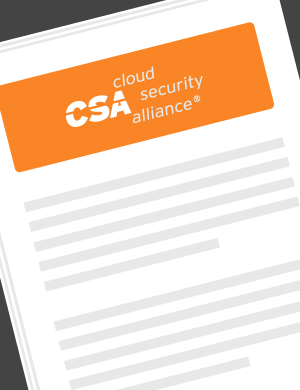Publication Peer Review

Applying Zero Trust Principles with Network-Infrastructure Hiding Protocol - Stealth Mode Software Defined Perimeter for Network Infrastructure
Open Until: 10/16/2025
Our core TCP/IP networking systems and protocols have been with us since the 1970s, and have in many ways served us well. Their inherent openness and interoperability have sparked incredible innovation and significantly changed our world. However, these systems were designed to facilitate easy connection, rather than to fend off malicious actors. As Vint Cerf, who personally designed many of these components, stated, “We didn’t focus on how you could wreck this system intentionally. You could argue with hindsight that we should have, but getting this thing to work at all was non-trivial.” It should be clear that TCP/IP’s default network visibility has enabled much of today’s malicious activity. Given our current threat landscape and the widespread adoption of Zero Trust as a set of principles and best practices, we believe that we now have an imperative to pivot our core networking technologies to a default-deny stance. The Network-infrastructure Hiding Protocol (NHP) introduces an innovative Zero Trust security approach that significantly reduces the attack surface and prevents unauthorized access before exploitation can occur. NHP builds upon and extends the Single-Packet Authorization (SPA) technology initially outlined in the Cloud Security Alliance Software-Defined Perimeter (SDP) specification, representing the third generation of network hiding technology. This whitepaper presents NHP as a strategic solution for protecting network infrastructures against all threats, with comprehensive technical specifications to support its implementation.
Contribute to Peer Review
Peer Review AgreementBy participating in this peer review, you acknowledge and agree to the following:
- Your name will be included as a reviewer only if you provide substantive feedback (e.g., content, clarity, accuracy). Feedback limited to grammar, syntax, or formatting will not qualify for acknowledgement.
- CSA's authors will have final descretion over which suggestions are incorporated into the document. Not all feedback will be implemented.
- You will not plagiarize or submit unmodified AI-generated text. If using AI-generated content, you must apply your expertise to refine, reformat, or integrate it meaningfully into the document.
Open Until: 10/16/2025